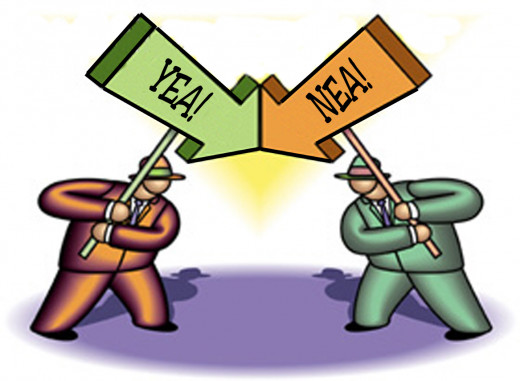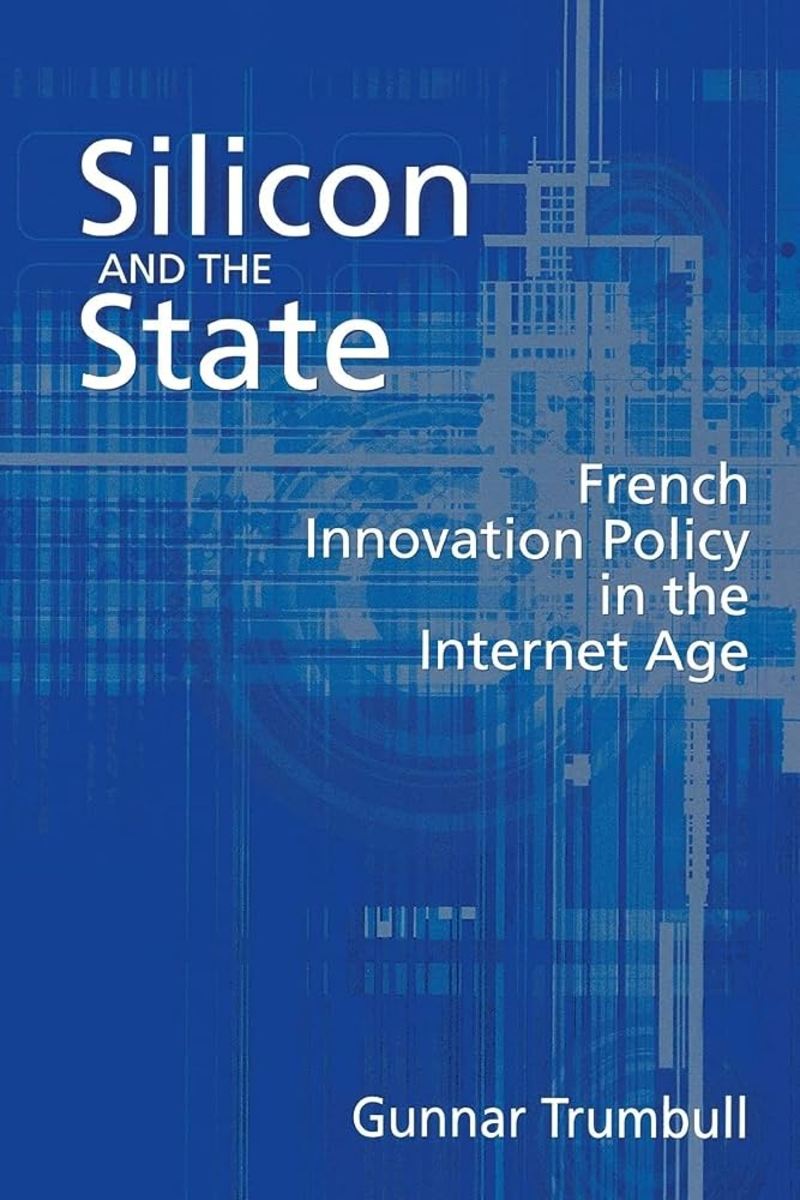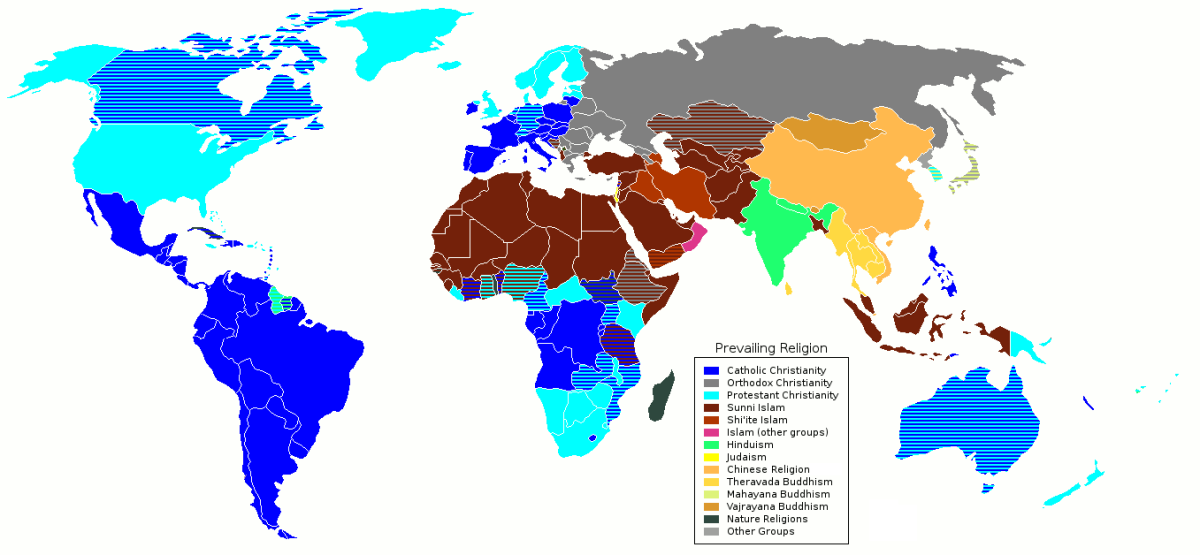The Coffeehouse Environment in the Digital Age

Coffeehouses
If one were to venture back in time to eighteenth century and find a seat in a coffeehouse, one might draw many conclusions. For example, with coffee that tasted as awful as it may have in the eighteenth century, it is a wonder that we even bothered to keep the habit going. However, Markman Ellis, author of “An introduction to the coffee-house: A discursive model”, would agree that it wasn’t (just) the coffee that kept people coming back. Rather, the Coffeehouse Environment provided much more than just a place to enjoy a sophisticated beverage; it provided a place to enjoy sophisticated ideas. As will be explored hereafter, the Coffeehouse Environment changed the way that many forms of literature were written, read, shared and sold in a fashion not seen before its time. In the same way that very few could have predicted the huge effect that the advent of the coffeehouse would have on literature, few could have predicted that, still in terms of literature, the internet of 2010 would be an extension or evolution of the eighteenth century Coffeehouse Environment in digital form.

Ellis writes that from the very beginning, Coffeehouses were “places in which customers found as much society as coffee.” It must be noted that people did not simply want somewhere to go, and, thus, went to the Coffeehouse. There were several other places they might have gone. If a man wanted only refreshment of the liquid variety, there would be nothing stopping him from visiting an alehouse, where he may even end up spending less money. Thus, the Coffeehouse became the center of just more than liquid refreshment. Ellis poses twelve rules of his own devising which he feels sum up the general feeling of the Coffeehouse. For the purposes of this exploration, I will further summarize them in a context appropriate to this content matter.
- Coffeehouse discussions were, largely, open to all participants regardless of status or any other factor, so long as they are courteous, with the intent that all opinions would be heard. (Ellis later mentions that women were prohibited from the majority of Coffeehouses except in the capacity of servers).
- Polite debates which are rational are allowed, provided that there are no direct attacks, or arguments on the basis of dogma.
- Topics of discussion should actually merit discussion.
(Ellis 160-1)
Of course, it is impossible to say with certainty that such rules were carried out across all Coffeehouses. Notwithstanding that fact, the environment described above is one where the ideas were constantly flowing, and once they were flowing, they couldn’t be stopped. Because of this new forum, authors (both skilled and up-and-coming) would be inspired to write new pieces of literature ranging from the critical, to the political, to the satirical. Some of these authors would sit down in their respective coffeehouses with poems, or portions of their literature and read it aloud, or ask for a critique of it. Authors would demonstrate, in a fashion, the work to be written and sell subscriptions to the work in the Coffeehouse. Journalists would find their home here, because there is always something happening, and it was a given that if anyone’s talking about it anywhere, someone’s talking about it at the Coffeehouse. It is well known that Alexander Pope spent a lot of time in the coffeehouse, and it is rumored that his Rape of the Lock was inspired by an actual event, which he overheard discussed in a Coffeehouse. (Pope 299) Readers of literature written in this time period should understand that it would have been discussed at length in many coffeehouses if it ever gained popularity. The authors of these works knew this very well and would have kept that in mind as they were writing their literature.

Coffeehouses, as Ellis points out, also had a peculiar way of excluding members from participating in the Coffeehouse Environment. As already mentioned, that women were often disallowed from coffeehouses, except in instances where they were servers or the actual owner of the coffeehouse, is one example of exclusion. Of course, those who do not wish to behave in a fashion conducive to the goals of the coffeehouse, namely public discourse carried out in a polite manner, would be removed from the premises. Another exclusion, about which Ellis does not go into much detail, is that of the individuals not accustomed to the Coffeehouse Environment. That is to say, those venturing in from the countryside where coffeehouses were fewer would often be the subject of satire one way or another. The very fact that people are outside of the environment facilitates a greater functionality of the environment itself. Ellis also mentions that newcomers learn about the Coffeehouse Environment in a fashion that is “organic and life-like” (Ellis 163)

All aspects of the Coffeehouse Environment described above can be correlated to various aspect of today’s Internet. Just like the coffeehouses of the eighteenth century provided a forum of discussion and debate mixed with a thriving literary engine, the internet of 2013 has become exceedingly proficient at providing the same. The Internet has grown to be very large and, thus any sort of comprehensive study of the various environments found on the internet would be quite unwieldy. Moreover, because the internet is constantly growing, such an exhaustive approach may not even be possible at this point in time. Therefore, I will focus only on one internet-based function, and three web-based organizations that seem to facilitate the Coffeehouse Environment described above. Again, these three sites are in no way a cross section of the vast entity that is today’s Internet; there are many, many sites and organizations like the ones to be discussed, and they all contribute to the internet culture we find today.

The Internet: Coffeehouse of the Future
Firstly, I will discuss the ability of the internet to draw out discussion and debate. For the past ten or fifteen years, an internet phenomenon called the “web forum” or “bulletin board” has evolved into a highly efficient medium for strong debate. In fact, anyone can set up a forum free of charge and invite any number of members to join. Once there, conversations take place in “threads”, and the forum keeps track of all statements made by all parties and it is very easy to get ideas on the table. There are forums for all topics, it seems. One forum that is home to some of the heaviest debate on the internet can be found at www.AboveTopSecret.com, which is a site dedicated to all things questionable; that is to say, it is dedicated to getting to the bottom of everything from the idea of extraterrestrials, to government conspiracy theories, to legitimate political debate takes place in forums on that website. Like the coffeehouses of the eighteenth century, forums like these draw thinkers from all realms of thought to participate in discussions. Also like the coffeehouses of the eighteenth century, however, is the tendency for certain individuals to misbehave and lose their privileges to the coffeehouse. In the forum world, individuals who are only present to cause a disruption are called “trolls” and are removed from the environment forcibly. Because of today’s technology, we are able to not only lock out that person’s user account, but, in extreme cases, also prevent the computer that that person used to access the website from ever accessing it again, so as to prevent future disruption from that individual.

While there are always disruptors when it comes to sound debate, just like in eighteenth century coffeehouses, it is much less often the case to find disruptors practicing the art of content-production. Or, that is to say, people who were producing content in the coffeehouse were much more likely to want people to read it rather than to give people a hard time. This is mostly because if they did want to give people a hard time, there was a perfectly acceptable format they could use to do so, called satire. In terms of content-creation, there are two websites which correlate to this aspect of the Coffeehouse Environment. For those desiring to display works of literary criticism or knowledge-based content, there is a website called www.Hubpages.com (You're here right now!), which allows users to post their writings on the internet and the website will pay them per reader. The author will earn something like a thousandth of a penny per person to read the article, but that adds up quite nicely over time. Moreover, the user can become a re-seller of related items, such as the book that is to be critically analyzed, and receive a percentage of sales that way. This is somewhat like the sales that went on in the coffeehouses of old. Moreover, Hubpages allows users to directly respond to the critical analyses of others so as to create a means of generating a developed, informed dialogue.
For those who would prefer short stories and poems to critical analysis and knowledge-related content, there is a website called www.DeviantArt.com, which is expressly for the purpose of sharing creative content. While the site was originally designed to facilitate the visual arts, a strong literary community has sprouted quite unexpectedly. The designers of the website, despite the fact that they did not plan for this to happen, have embraced the new desires of the community, and the community thrives on this support. DeviantArt provides a means for users to read the written works of individuals in various forms and allows users to comment. Quite recently, the website implemented the “Formal Critique” feature, which allows users to directly, and formally critique the written works of other users. DeviantArt also supports the ability for users to release their works under a Creative Commons license, which would allow others to produce derivative works under the laws specified by the individual license. Items released without this license are subject to all copyright infringement laws in the United States, so the author is protected if they desire to publish one day.
All of these works are published on the internet, however, so the very physical nature of the works distributed in the coffeehouses of eighteenth century England is not matched in the above examples, however, there are organizations which strive to assist users in producing high-quality material. My favorite among these organizations is the effort called NaNoWriMo. NaNoWriMo, (Pronounced Nah-Noh-Rye-Moh) stands for “National Novel Writers Month”, which is the month of November, during which participants are charged to write a full 50,000 word novel and submit it to the organization. More than two hundred novels have been published in this fashion over the course of the past four years. There is a huge support structure among participants who are not competing against each other, but really against their individual ability to produce the content. All novels of a sufficient quality are published by the original author, with assistance from the organization. In the past year, a side group has formed called NaFADOYBIMSCOM, (Pronounced Nah-Fah-Doy-Bim-Scahm), which is an acronym for “National Finish A Draft Of Your Book, I Mean, Come On, Month”. This also takes place in the month of November, but is designed for individuals who have participated in NaNoWriMo in the past and have not succeeded in publishing their novel, or individuals who have an unfinished novel lying around that they’d like to get published. Nonetheless, these organizations facilitate a means of publishing not unlike that of the eighteenth century coffeehouse.
Conclusions
In short, the Coffeehouse Environment found in eighteenth century Britain is matched by a new modern form of human interaction that could not easily have been predicted. However, one must ask oneself what this implies about our humanity. In ancient Greece, there were places that the learned and learning could sit and debate. Some would write based on their findings at that time. If such an environment has been facilitated throughout human history, one may conclude that there is a very human need to share ideas. While it may take different forms throughout history, it seems to be a universal. Thus, the Coffeehouse Environment is extended by the Internet in the Digital Age.
Works Cited
Ellis, Markman. "An Introduction to the Coffee-house: A Discursive Model." An Introduction to the Coffee-house: A Discursive Model (2008): 156-64. Web. 7 Mar. 2011.
McConnell, Brandon. "NaFADOYBIMSCOM." Nerdfighters. Web. 11 Mar. 2011. <http://nerdfighters.ning.com/forum/topics/nafadoybimscom-1>.
Paajanen, Sean. "The Evolution of the Coffee House." About Coffee / Tea. Web. 7 Mar. 2011. <http://coffeetea.about.com/od/history1/a/shophistory.htm>.
Pope, Alexander. The Poetical Works of Alexander Pope, Esq ... Vol. 4. Glasgow: Printed by Robert and Andrew Foulis ..., 1773. Print.
"Published NaNoWriMo Authors." National Novel Writing Month. Web. 11 Mar. 2011. <http://www.nanowrimo.org/publishedwrimos>.








